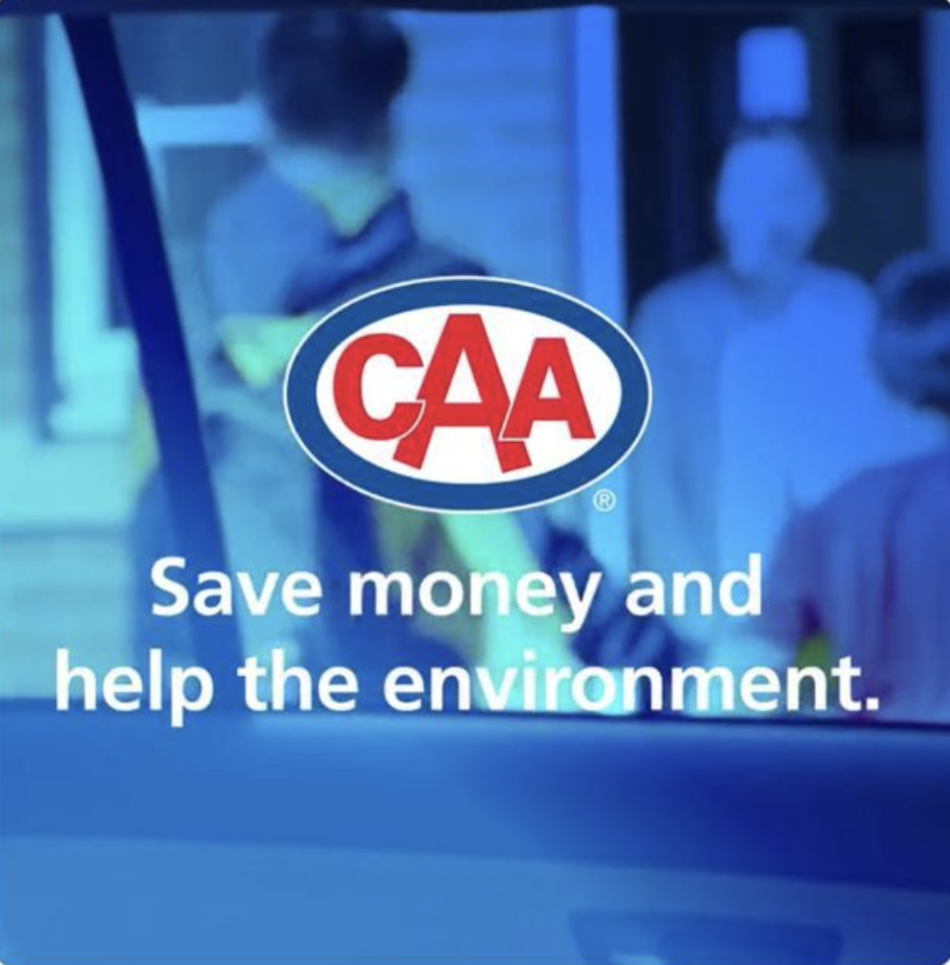Fuel-Efficient Driving Tips - Canadian Automobile Association (CAA)
The Canadian Automobile Association (CAA) believes in giving consumers the knowledge to make informed choices about how to drive, the kind of vehicle to purchase, and how to take care of it.

CAA's fuel-efficient driving tips enable consumers to:
- Save hundred of dollars at the pump each year;
- Lengthen the life of your vehicle by preventing unnecessary wear on your vehicle and;
- Help save the environment
Accelerate Gently
According to one study referenced by Natural Resources Canada, frequent “jackrabbit” starts and hard braking reduce travel time by only 4 percent, but increase fuel consumption by 39 percent. To maximise your fuel efficiency, take five seconds to accelerate your vehicle up to 20 km/h from a stop.
Coast to Decelerate
By looking ahead at how traffic is behaving, you can often see well in advance when it is time to slow down. You can conserve fuel and save money by taking your foot off the accelerator and coasting to slow down instead of using your brakes.
Keep up with regular car maintenance
Underinflated tires increase fuel consumption by up to four percent. With regular maintenance services you can help your vehicle run more efficiently.
Don’t Idle
Parked and waiting for someone? You waste 1 litre of gas every 20 minutes you idle. If you are going to be stopped for 60 seconds or more, try to turn off the engine.
Avoid Speeding
As you increase speed, more power is needed to push the car through the air. Driving at lower speeds can greatly reduce fuel consumption. Using cruise control on highway helps maintain a constant speed and saves gas (but be careful in wet or icy conditions and consult your owner’s manual for safe instructions on the use of cruise control).
Decrease Drag
Take off roof and bike racks when you are not using them. They decrease the aerodynamics of a vehicle. Remove unnecessary items from your trunk.
Combine Trips
Whenever possible, plan your route to combine many stops into one trip. Your vehicle is more fuel efficient when it is warmed up, so several short trips with a cold engine can use twice as much gas than one longer trip.

 Facebook
Facebook Twitter
Twitter






